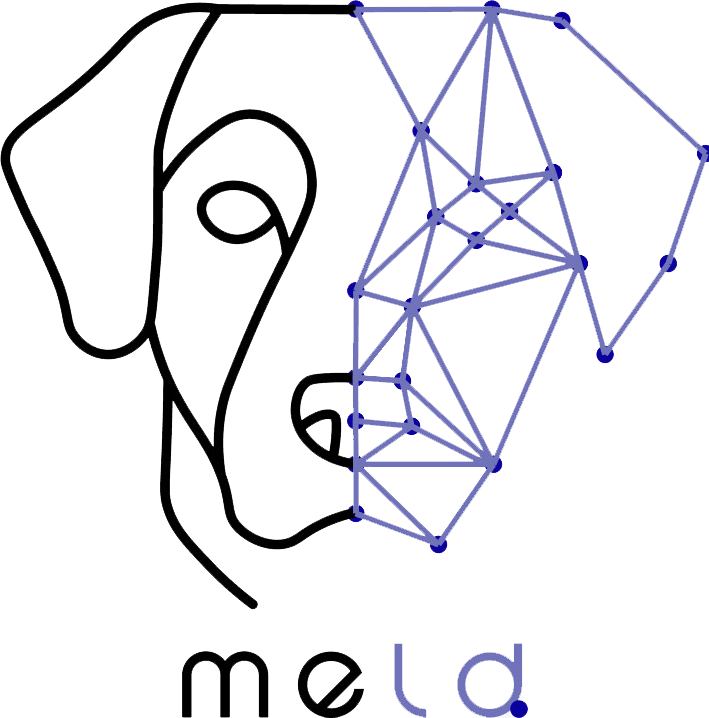This study explored the use of body-worn smartphone inertial sensors (accelerometer and gyroscope) to objectively detect ataxic gait patterns in dogs. Researchers collected data from 770 walking sessions, comparing 55 healthy dogs to 23 dogs diagnosed with ataxia. By placing an iPhone SE on the dog’s back using an adjustable harness and applying various machine learning techniques, they achieved a 95% accuracy in distinguishing between healthy and ataxic dogs, with the K-nearest neighbors (KNN) technique performing best. This indicates a significant potential for developing smartphone applications for canine ataxia diagnosis and monitoring of treatment effects in both clinical and domestic settings.
Non-Invasive Computer Vision-Based Fruit Fly Larvae Differentiation: Ceratitis capitata and Bactrocera zonata
This paper proposes a novel, non-invasive method using computer vision

